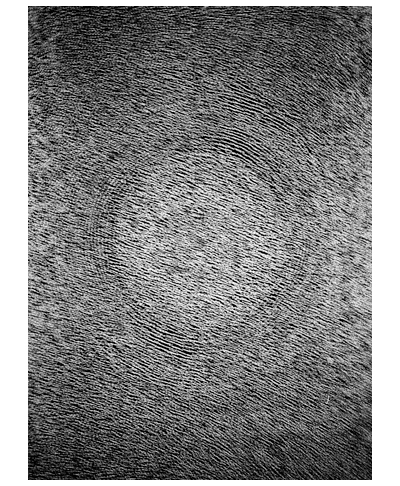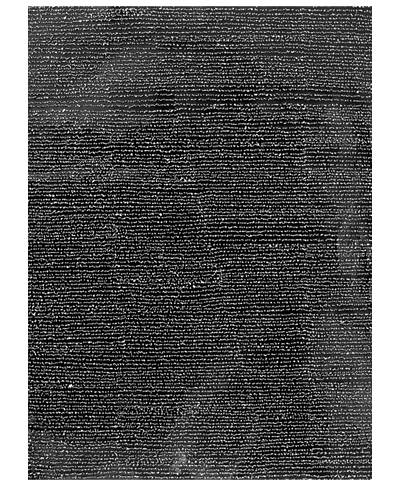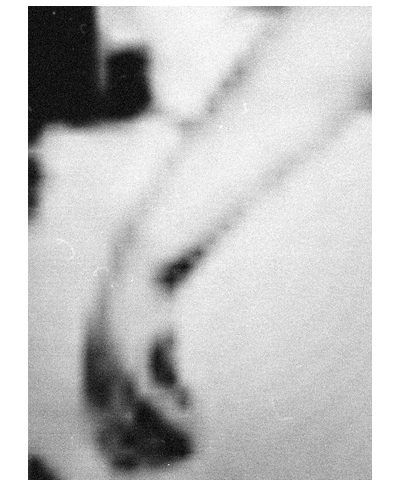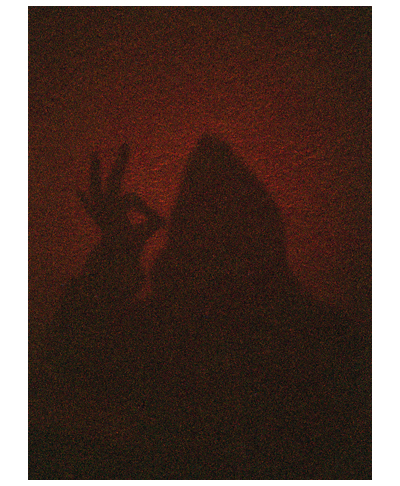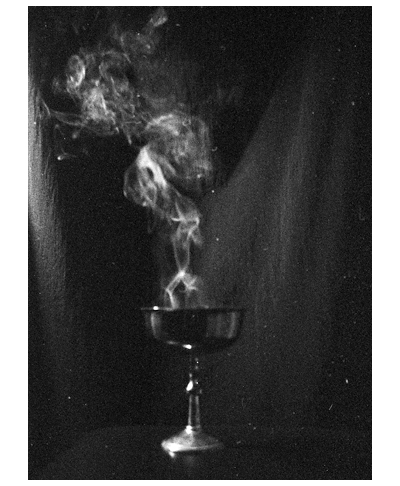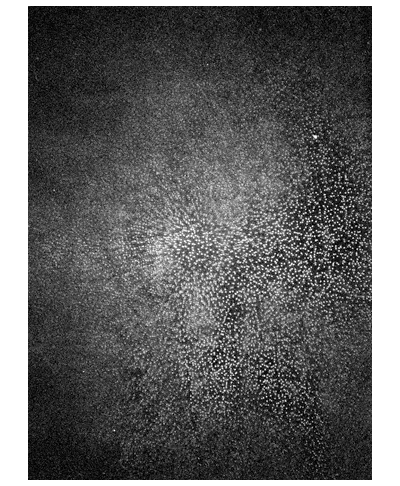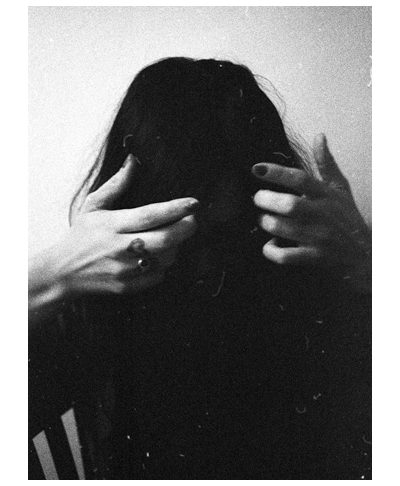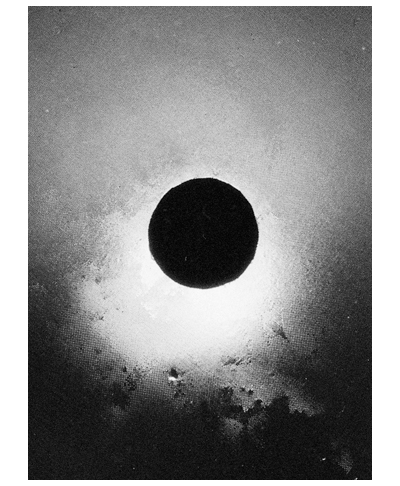⁄Dirty, Gritty, Raw
Going inside the artistic mind of Jeremy R. Jansen means getting a little dirty.
“I’ve been inhaling chemicals in the dark room all day,” Jeremy tells me as we sit down in a Roncesvalles pub. He jokes, “I might be a bit high.”
The unassuming man in a black leather jacket and hoodie sitting across from me is an emerging photographer whose work has appeared in The New York Times, SPIN Magazine and Toronto Life. His name is Jeremy R. Jansen, the middle initial to distinguish him from a Dutch graphic designer by the same name. Jeremy laughs off questions about confusion between the two, joking, “I like being mysterious. People might think I’m killing it and it’s cool, but I’m still counting change for this beer.’”
The 32-year-old Calgary-raised, recovering Vancouverite came to Toronto six years ago looking for a change of scenery. “I just drove across the country and showed up. I was 26 and it was like, ‘Ok. So, this is Toronto?’ you know?” He admits there was a bit of culture shock adjusting to this city. “When you move to a new city the first year always kicks your ass,” he says, explaining that Toronto is grittier than Vancouver.
Jansen, too, is a little rough around the edges. Tall and rugged, with a constant intensity in his eyes, he makes you want to know what’s going on inside his head. He was a latecomer to photography, starting in his early 20s, shooting friends’ bands with his first camera – a 1977 black Pentax MV. “It was sexy,” he says.
A graduate of Langara College in Vancouver, it was his arrival in Toronto that prompted Jansen to go back to basics. For him, this meant a return to the dark room. “I got to put the technical ideas into artistic practice. It was a great experience to get back into that, the feeling of film in my hands. It sparked this excitement to continue experimenting.”
Heralded for his use of light, grain and patterns, the photographer’s gritty work currently has him working with textures. That return to the dark room he mentioned? Well, that’s where Jeremy gets aggressive. He explains that in his sculptural photographs, he’s been slashing the back of his prints with safety pins. On a fibre print, it shreds the emulsion, making it burst like a gunshot.
His second book of photography, Dirty Negative, published with Parisian publishing house FP&CF is where this gunshot image appears, alongside several other manipulated images. “There’s a certain quality you get when you print on newsprint or a photocopy or in this case printing using a Riso-graph. It might not look like photography anymore,” he warns, “it gets dirty and acts like something else.”
The book, released in November 2011, sent the photographer to Paris for his first international show, where he displayed the grainy photographs in an abandoned squat used as a makeshift gallery. Jansen refers to it as “a nice dirty space,” which sounds just right for him. The book contains images that were backlit and had the scrim punched during exposure for texture, which, he says, comes from his experience with band photography.
Jansen has shot for Arts & Crafts, Warner Bros. Records and EMI and has captured the images of musicians like Death From Above 1979 and The Weakerthans’ John K. Samson.
“I self-published a Lulu book for one of the first tours that I went on with The Constantines and Ladyhawk. In the summer of 2008, I went across Canada with those guys and documented the tour. It was epic.”
It was the friendships formed on that tour that led Jeremy down a new path – the music video. After Ladyhawk asked him to shoot their Footprints video, several other musicians followed suit. I asked specifically about the Dusty Mansions video for Chicago-based band Campfires. I asked if he has a “video diary” aesthetic. He laughs. “That was the found footage on a camcorder that I bought off this East Indian family in Burlington. It was so good that I had to use it. So, it was a video diary, just not mine.”
Creating within new artistic platforms doesn’t seem to rattle Jansen. This past year has brought a series of surreal opportunities for the photographer: he shot renowned artist Michael Snow and Barricades, a co-production with Niall McClelland at Nuit Blanche, and saw The Toronto Star’s visual arts critic Murray Whyte praise his work as an unexpected favourite.
The journalist said it was “disturbingly spot-on,” when it came to criticisms of the G20, which I asked Jeremy about.
“When curator Nicholas Brown approached us to do an installation, Niall and I walked down to the designated site on Yonge and Queen and it was hard not to think of the G20. With the barricading and distrust that happened during that event – knowing how much trust goes into Nuit Blanche – it only made sense to re-contextualize the materials that were used.”
Did the public grasp the message? Jansen believes Nuit Blanche is a crazy spectacle in and of itself. He is neither surprised nor offended, more so excited that the 15’x40’ caution tape wall was treated like a red carpet backdrop. His goal is to simply create something that feels honest. “I just want to make whatever is in my head.”
